- Good build
- Not happy with everything
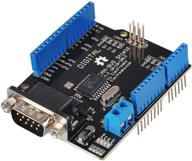
4
·
Average

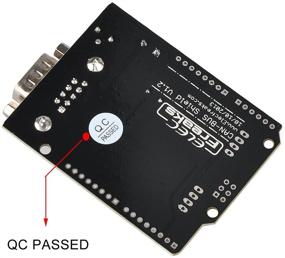
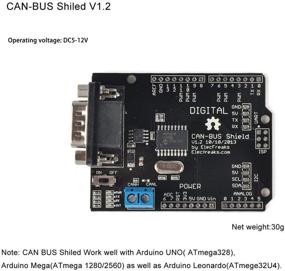
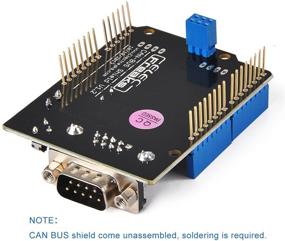
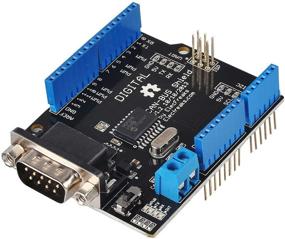
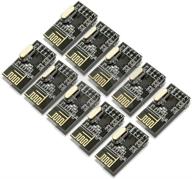
📶 kuman 10pcs nRF24L01+ 2.4GHz Antenna Wireless Transceiver Module for Arduino Raspberry Pi Compatible K19

8 Review

10GBase-T SFP+ Transceivers, 10G Copper RJ-45 SFP+ CAT.6a, up to 30 meters, 🔌 Cisco SFP-10G-T-S Compatible, Ubiquiti UniFi UF-RJ45-10G Supported, Fortinet, Netgear, D-Link, Supermicro (Pack of 2)

9 Review
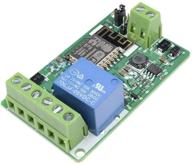
🔌 Ximimark 1Pcs ESP8266 Network Relay WIFI Module 220V 10A DC 7-30V 4 Layers Board TVS Input Automatic Protection: Enhanced Home Automation Solution

8 Review

MikroTik S+RJ10 Ethernet Transceiver

10 Review
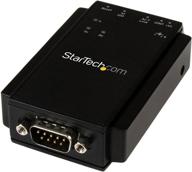
🔌 StarTech.com NETRS232 Serial to IP Ethernet Device Server - DIN Rail Mountable - Serial Device Server - Serial Over IP Device Server (Black)

4 Review
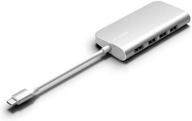
🔌 Juiced Systems Silver BizHUB USB-C Multiport Gigabit HDMI Hub with 3 USB 3.0 Ports, Gigabit Ethernet, 4K HDMI, SD/Micro SD, and USB-C Power Delivery

11 Review
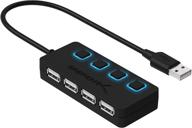
HB-UMLS Sabrent USB 2.0 Hub with 4 Ports and LED Power Switches for Each Port

12 Review
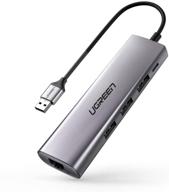
UGREEN USB 3.0 Ethernet Adapter Hub with RJ45: Fast Gigabit Ethernet Converter, 3 Ports USB 3.0 Hub Compatible for MacBook, iMac, Surface Pro, Chromebook, Laptop, PC

11 Review